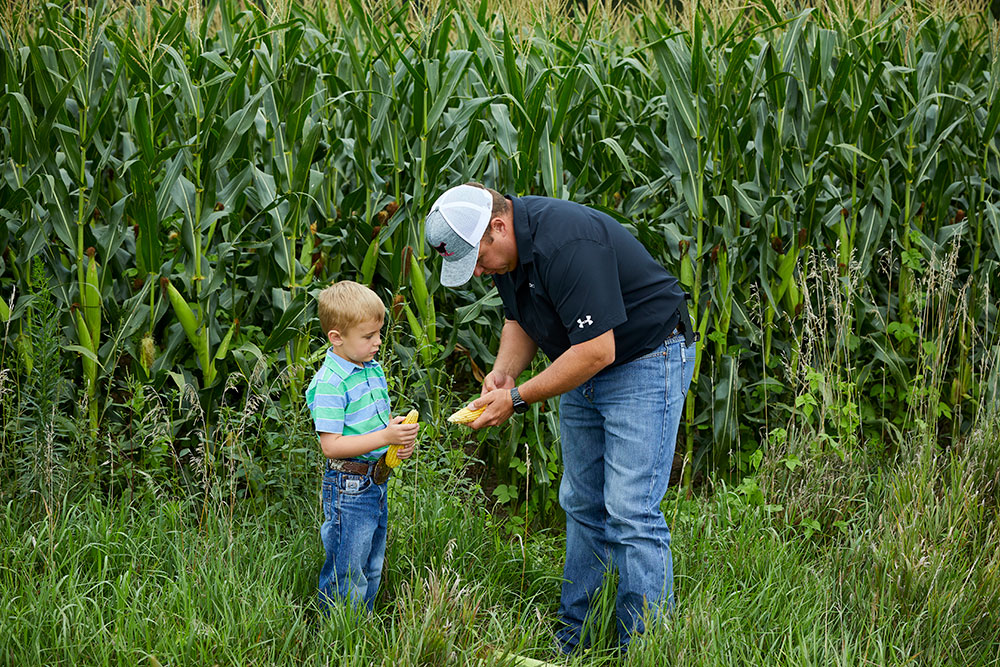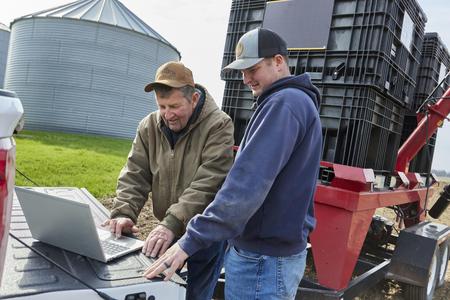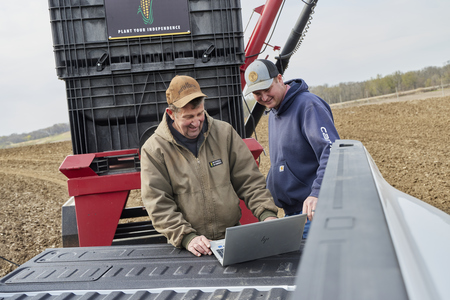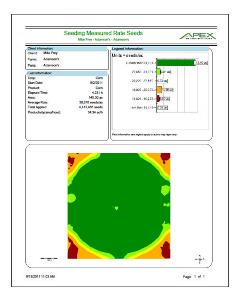Mega Menu
Mega menu is possible in BS5 but we will need to create a custom template layout for the navigation widget. The following is a hard-coded example.

Font Awesome 6
FA6+ icons will work on all widgets.
The FMH Icon box will need a new version created because the styling is broken in Bootstrap 5 templates (this has nothing to do with FA).
FMH Icon Widget
Icons can now be used in Content blocks by pasting the HTML tags from www.fontawesome.com into the HTML editor.
Here are some new icons from Font Awesome 6
face-awesome
envelopes
wheat-awn
Bootstrap Components
Code snippits from http://getbootstrap.com pasted into Content Blocks.
h1. Bootstrap heading
h2. Bootstrap heading
h3. Bootstrap heading
h4. Bootstrap heading
h5. Bootstrap heading
h6. Bootstrap heading
Nav Tabs
Nav Pills
Accordion
.accordion-body, though the transition does limit overflow.
.accordion-body, though the transition does limit overflow.
.accordion-body, though the transition does limit overflow.
Tables
| # | First | Last | Handle |
|---|---|---|---|
| 1 | Mark | Otto | @mdo |
| 2 | Jacob | Thornton | @fat |
| 3 | Larry the Bird | ||
Alerts
Image Carousel
Modals
Sitefinity Widgets
Default, out of the box, Bootstrap 5 templates available for widgets.
The navigation template used above is called Horizontal.
Navigation Widget - Tabs Template
Navigation Widget - Pills Template
Breadcrumb
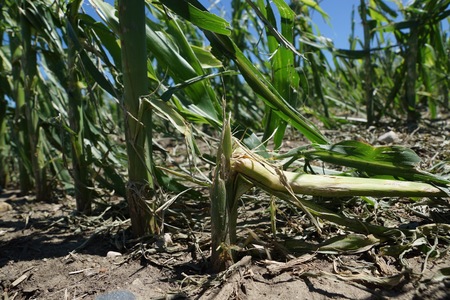
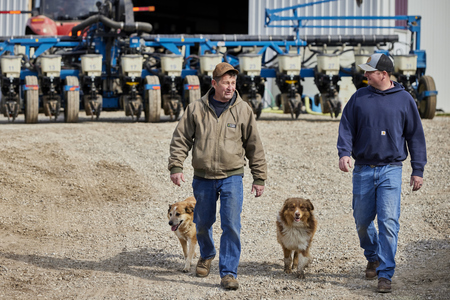
List Widget - Expandable List Template
Precision Claims FAQs
List Widget - Simple List Template
Crop Claims Reminders
-
How To Report MPCI Claims
-
MPCI Claim Reporting Deadlines
-
Appraisals
-
Production Records by Unit
-
Production Delivered to a Commercial Elevator
-
Production From Precision Farming Technology Systems
-
Production Weighed and Farm Stored
-
Authorization for Load Records, Storage Structure Marking, or Combine Monitor Records
-
Fed Production
-
Quality Adjustment
-
What is a Simplified Claim?
-
What can insureds do to expedite the claim process?
List Widget - Anchor List Template
Quality Control Review FAQ
- What can an Insured do to prepare for a review?
- What can Agents do to prepare for a review?
- How does the review process begin?
Quality Control Review FAQ
What can an Insured do to prepare for a review?
Third party documentation (i.e. summary/settlement sheets from the elevator) is required when applicable and available. Insureds are expected to have available hard copy records that will 1) support the total production raised for the crop/county/year being reviewed and 2) that can demonstrate how production was kept separate between various units, practices and types (if applicable).
Insureds will also want make themselves available to meet with the quality control reviewer as the reviews will need to be completed before the claims can be processed.
What can Agents do to prepare for a review?
How does the review process begin?
Documents List - Documents List Template
Documents List - Documents List Template
| Title | Type | Size | |
| 602 KB | DownloadFMHQ Release 2 Guide | ||
| 405 KB | DownloadWFRP Checklist for Agents 2026 | ||
| 504 KB | DownloadWFRP Policy Provisions 2026 | ||
| 3231 KB | DownloadWFRP Handbook 2026 | ||
| 203 KB | DownloadECO_MCO_SCO_Coverage Comparison Flyer |
News Widget - News List Template
News list template is the only template available by default.
Technology, Sustainability, and Insurance Essential to Agriculture's Future

A combination of new technology, smarter farming practices, and government policies will be required to succeed, according to experts at an international agriculture summit here this week.
Don Preusser, executive vice president and chief marketing officer of Farmers Mutual Hail Insurance Company of Iowa, explained that the global agricultural sector is already evolving and altering the way the world farms.
“Agriculture is rapidly changing as operations become larger, more commercialized, technologically advanced, and vertically integrated,” he told attendees of the International Association of Agricultural Production Insurers (AIAG) biennial conference.
“Precision agriculture is driving significant productivity and efficiencies gains, helping to grow and secure global food needs,” Preusser concluded. “And granular field level data combined with predicative analytics will soon create new insights and innovative risk management solutions.”
When it comes to risk management, no tool is as important for U.S. farmers as crop insurance. And AIAG traveled to America for its meeting so leaders from more than 30 countries could learn more about how the dynamic U.S. system operates.
Tom Zacharias, an AIAG board member and president of the Kansas-based National Crop Insurance Services, explained that the U.S. model is characterized by its unique private-public partnership and cost sharing.
"U.S. crop insurance benefits from the efficiency of the private sector, comprised of companies, agents, claims adjusters, and reinsurers” he said. “Meanwhile, the government has made smart investments to keep policies affordable for farmers and widely available across a spectrum of crops and geographic locations.”
Zacharias also said that farmers bear a significant portion of the cost, which has had the desired effect of reducing taxpayer exposure to agricultural risk. “U.S. producers collectively spend $4 billion from their own pockets each year for crop insurance, and they shoulder losses through deductibles before receiving an indemnity," he noted.
But none of it would have been possible, Zacharias said, without a commitment from U.S. policymakers in recent years. He hopes strong support will continue in the years to come and that America’s successes can provide a roadmap for insurers and farmers world-wide.
Source: Laurie Langstraat for National Crop Insurance Services
NAFB Interview
Preusser also explained how farming technology will provide data that can be used to improve the overall service and experiences for farmers in an interview with the National Association of Farm Broadcasters at the conference. Listen here:
Blog Posts Widget - Blog Posts Lists Template
-
Reporting Acreage with FMH Precision Solutions
Many policyholders already collect precision ag data during planting. Put that data to work to report acreage for crop insurance with FMH Precision Solutions.Full story -
Prepping Your Customers for Planting with Precision
Help your farmers use the precision data they're already collecting to simplify planting and reporting this spring.Full story -
Q&A with an FMH Precision Tech Specialist
Learn how our expert staff supports agents getting started with Precision SolutionsFull story -
Traditional vs. Precision Claims: What Are the Differences?
Oct 16, 2023, 14:01 by Eric RicheLearn how Precision Solutions can lead to simplified claims and easier APH reviews for your customers.Full story -
See How Precision Solutions Saves Premium and Improves APH
See the difference with examples from our recent FieldView™ Partner Connect webinar.Full story
